ANNUAL IMPACT REPORT 2022

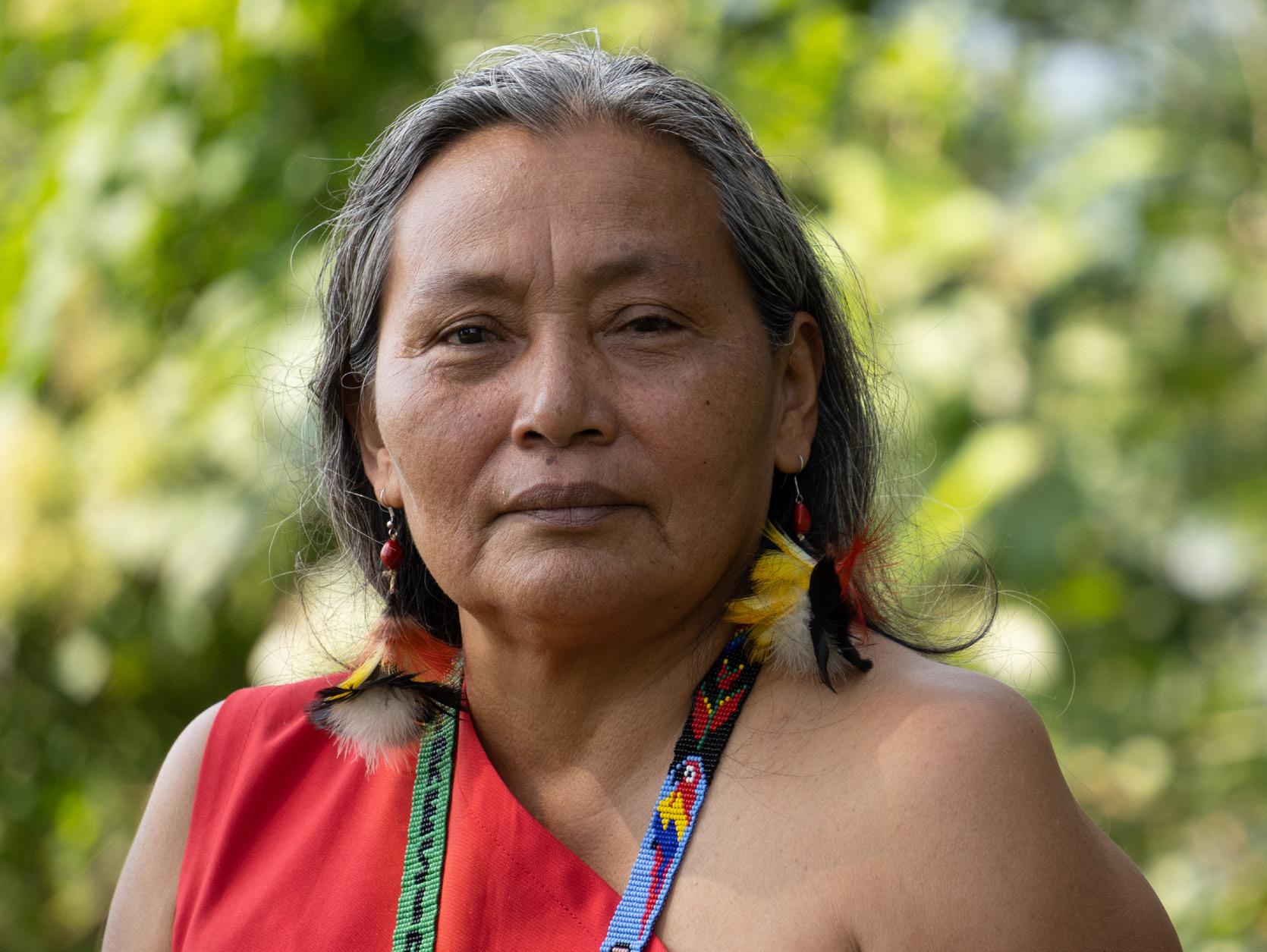 Josefina Tunki, President of the Shuar Arutam Association
Josefina Tunki, President of the Shuar Arutam Association


 Josefina Tunki, President of the Shuar Arutam Association
Josefina Tunki, President of the Shuar Arutam Association
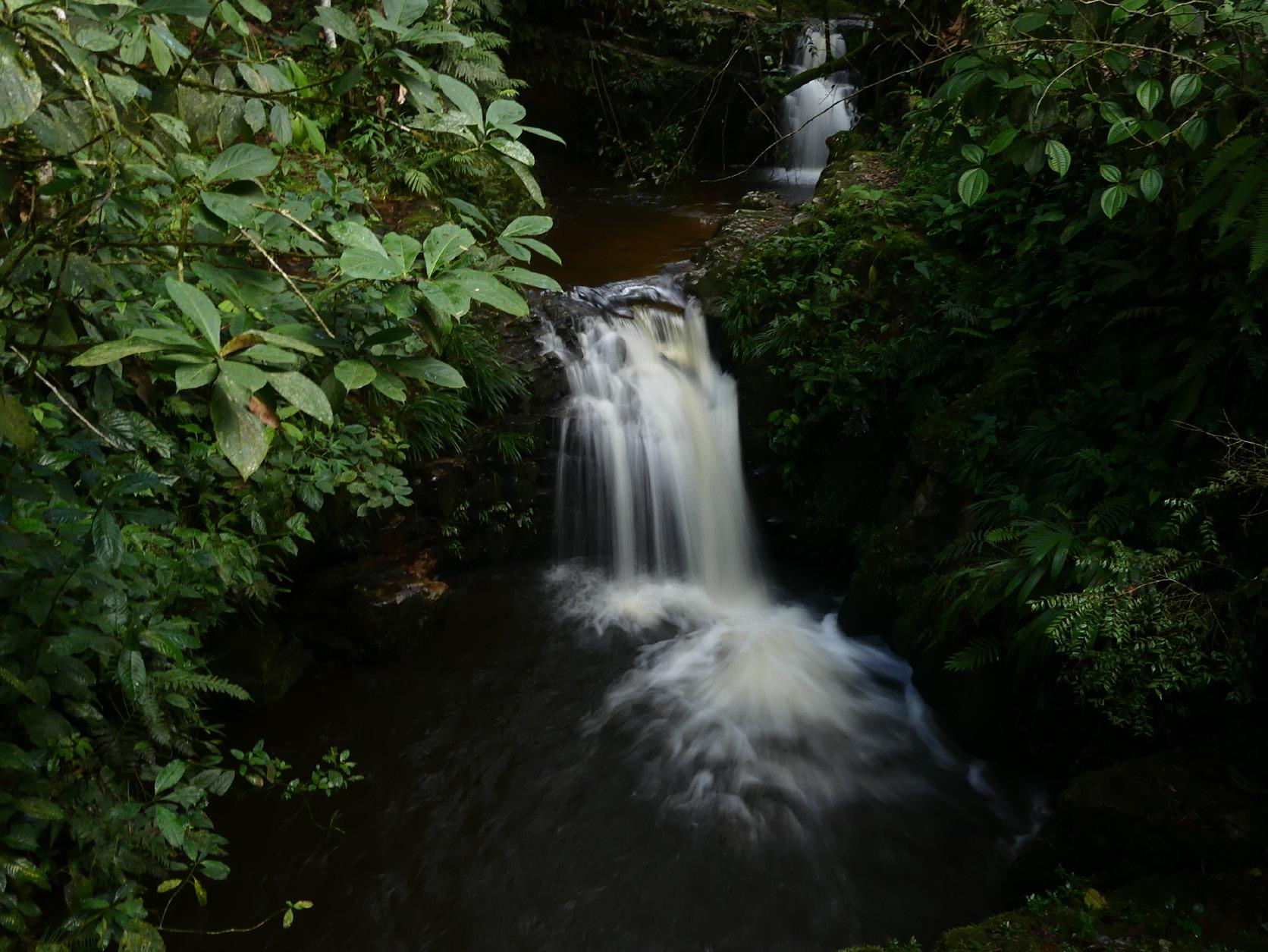

Ecuador, Morona Santiago
Cuando yo hablo de territorio, no puedo hablar solo de árboles, de animales, de peces, de ríos.
When talking about territory, I don’t only mean trees, animals, and rivers.
Estoy hablando de mi convivencia, relacionándome con la naturaleza.
I am talking about my coexistence with, my relationship to, nature.
Nature and Culture International partners with local cultures to connect and protect biodiverse hotspots in Latin America for the well-being of our planet.

While it is impossible to detail every accomplishment in 2022, we hope you will join us in celebrating a few of the highlights. These achievements are the result of our ever-growing community of conservationists, including yourself! As we look toward the future, we are optimistic because of our many dedicated stakeholders and their commitment to both nature and culture.
To those who have invested in us from the beginning, to those who recently joined in support of our work, and to those who are ready to join us for the first time today – THANK YOU!
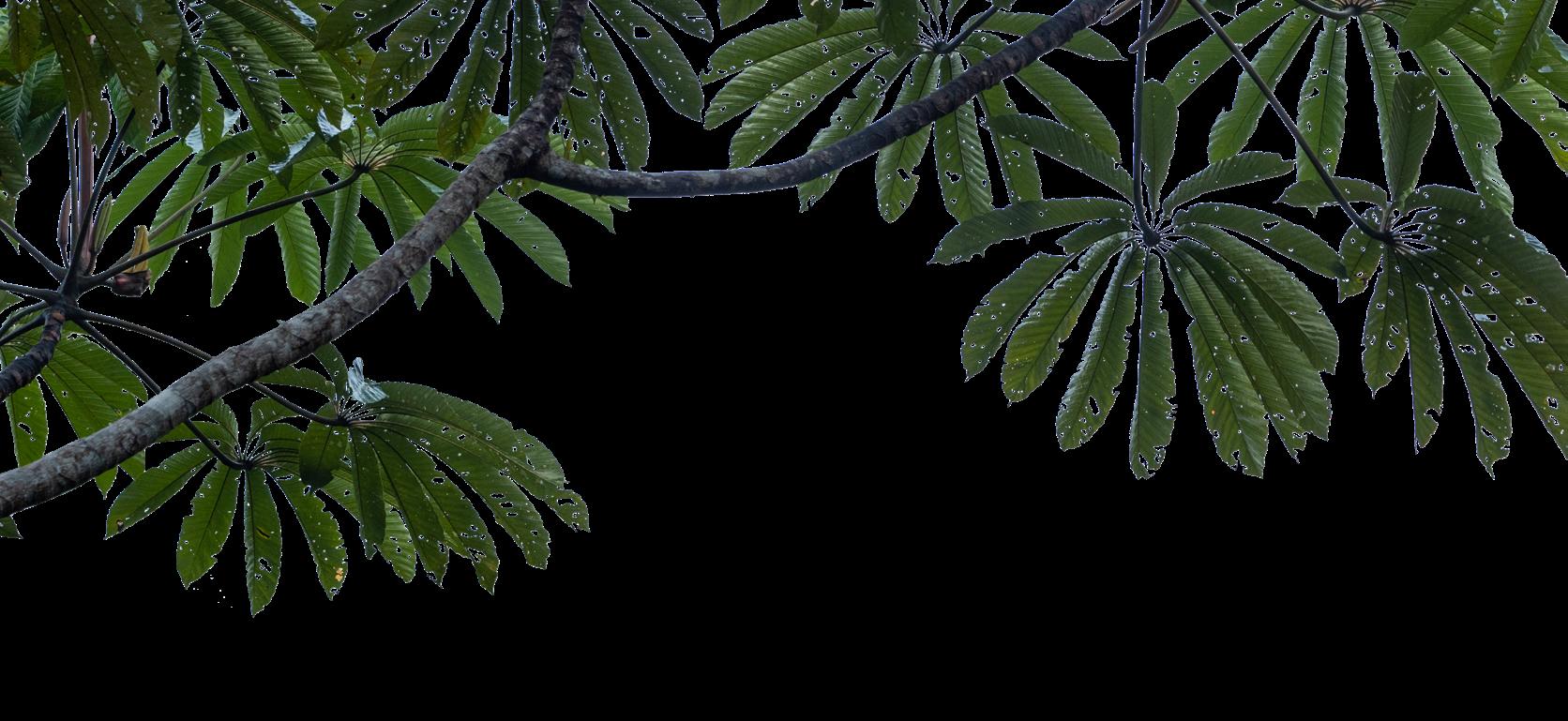
Nature and Culture and our partners are in an exciting, productive new era. 2022 saw several long-term efforts either come to fruition or take a great leap forward, a testament to both our innovation and patience. Over 26 years, through calculated risk-taking, trial and error, and perseverance, we have learned what works and what doesn’t. We are poised now to apply our know-how, replicating and scaling our successes with new protected areas and equitable, participatory alliances to effectively care for the areas we help create.
This year we saw our long-time friends and partners, the Indigenous Shuar Community of El Kiim achieve the declaration of Tiwi Nunka as Ecuador’s first Indigenous-led conservation area within Ecuador’s National System of Protected Areas. It was 22 years in the making. This designation from the Ministry of Environment, Water, and Ecological Transition provides important protections against logging and mining for Tiwi Nunka’s 14,021 acres.

We also saw achievements expand beyond those we’ve secured over the last twelve years in Pastaza, Ecuador – e.g. creation of a provincial protected area, approval and implementation of a REDD+ Implementation Plan to reduce deforestation
taking shape in the provinces of Morona Santiago and Zamora Chinchipe. With Nature and Culture’s support, these three southern provinces have formed a collaborative called the Amazonian Platform to save the region’s forests. This collaborative is making real headway and we are hopeful that the three northern Amazonian provinces will join this coalition, creating the opportunity for more provincial protection and joint stewardship.
In 2022, our partner, Lolita Piyahuaje, Vice President of the Confederation of Indigenous Nationalities of the Ecuadorian Amazon (CONFENIAE) and I attended the UN Climate Conference for the first time. We shared the stage on a panel highlighting Indigenous leadership within Pastaza Province’s jurisdictional REDD+ program. Nature and Culture's participation in the global conversation was an important opportunity for us to share lessons learned and amplify the voices of Indigenous partners we work with.
Support for Indigenous rights has always been a cornerstone of Nature and Culture’s values. As trailblazers in the field of community-based conservation, Nature and Culture’s work has always placed as much value on the well-being of local communities as on protecting and conserving natural resources. For us, those go hand in hand.
There is still much work to be done. We will continue to find ways to protect irreplaceable ecosystems and the life they support and to do so in authentic partnership with and support of Indigenous peoples. That’s the Nature and Culture way. Thank you for being part of our vision for the future.

Sincerely,
 Matt Clark President and CEO
Matt Clark President and CEO

Nature and Culture values the generous support of our individual and institutional donors. Ethical, transparent, and efficient stewardship of the financial resources they entrust to us is key to remaining effective.




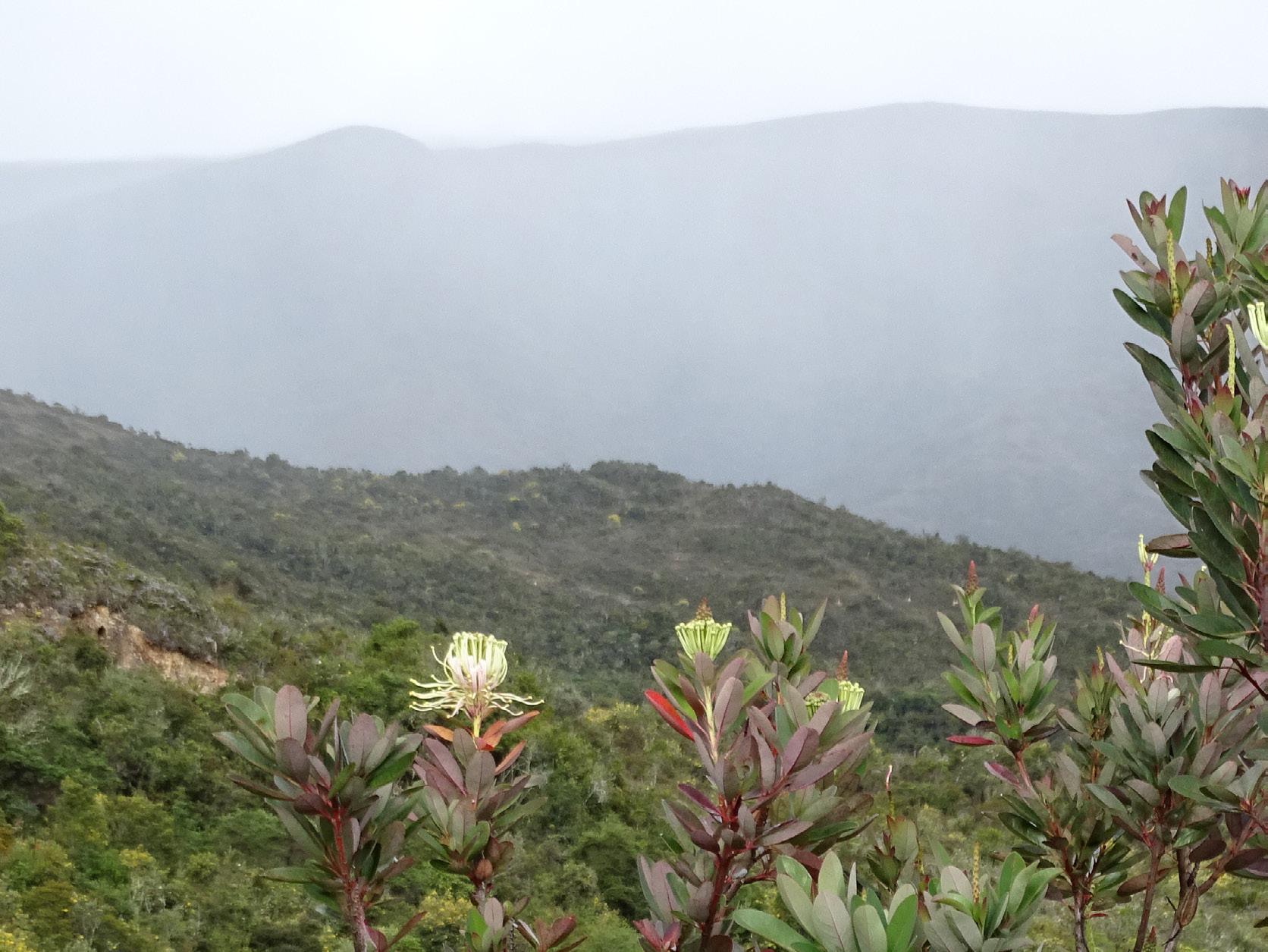
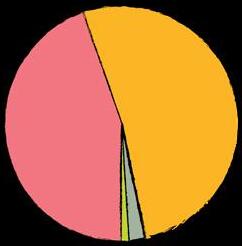

credit
Nature and Culture International’s financial records are audited annually by an independent CPA. Financials for the fiscal year ending December 31, 2022 were unaudited at the time of this report. Past years’ full and audited financials are available at www.natureandculture.org. To receive Nature and Culture’s audited financials when they become available, contact hello@natureandculture.org.
85% of your dollars go directly to programmatic costs and the other 15% fund the tools, time, and talent needed to make our strongest impact.
As trusted neighbors and committed partners, Nature and Culture’s staff works strategically with local communities to ensure the continued success of every protected area we create together.
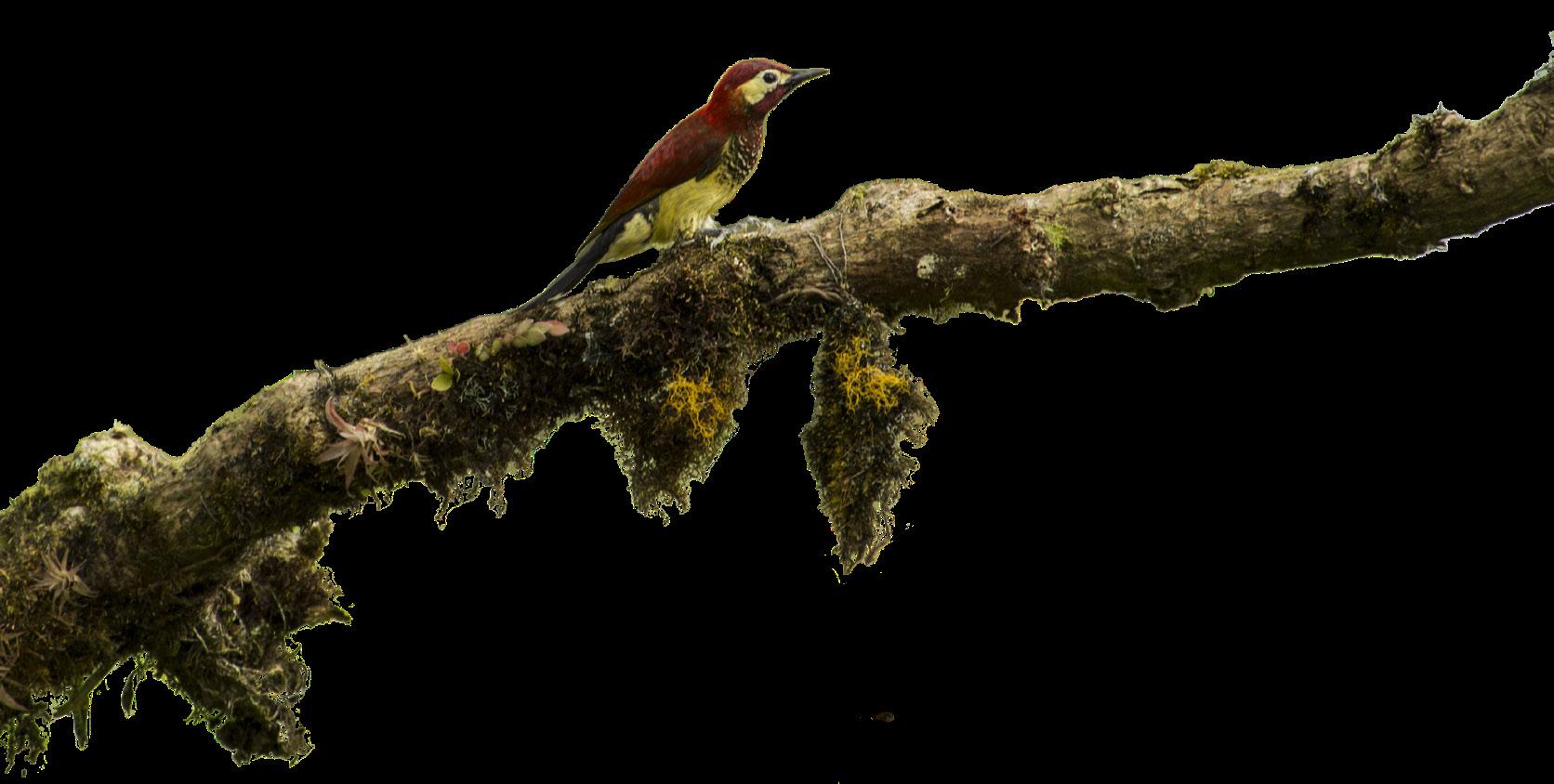
Nature and Culture International is proudly featured as a Highly Rated Environmental Nonprofit and 4-star charity by Charity Navigator; a Platinum Level organization according to Candid®; a top-rated nonprofit with Great Nonprofits; an officially Accredited Charity with the Better Business Bureau®; and is registered nationwide as a licensed United States charitable solicitor.
89% OF OUR STAFF ARE IN THE FIELD
Prepaid expenses and deposits
Property and Equipment
- Land (Conservation)
- Buildings & improvements (net depreciation)
- Vehicles (net depreciation)
- Furniture & equipment (net depreciation)
Total Assets
Liabilities
Accounts Payable

Payroll









Since 1996...
25.7 Million acres protected
3.4 Billion tons of carbon stored
111 municipal water sources protected
20 Indigenous and local communities supported
5 countries where biodiversity is preserved
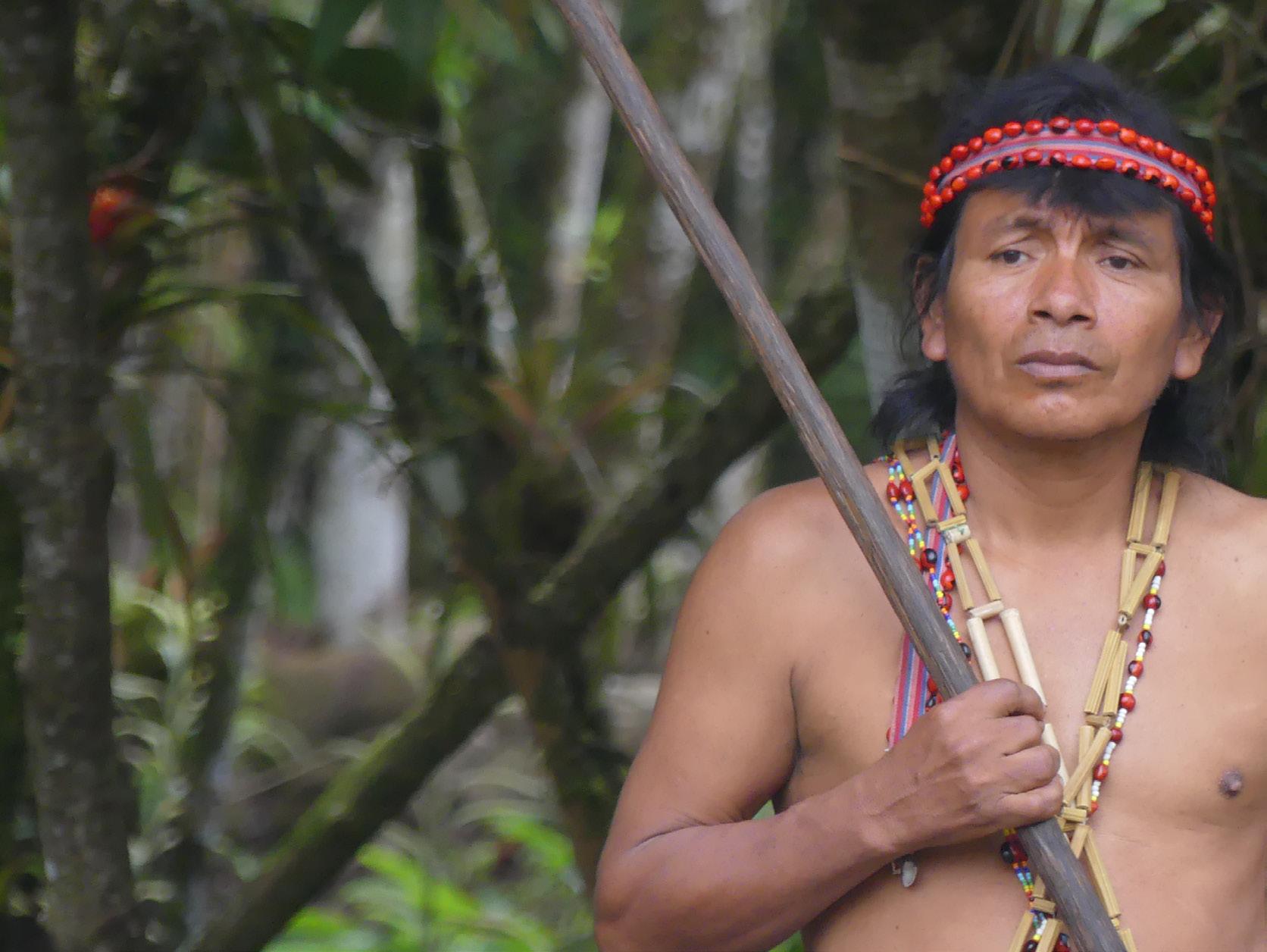
We focus our work in 5 key strategy areas
We safeguard biodiverse and carbon-rich places by working in partnership with local communities and governments to declare protected areas at local and national levels across Latin America.
Protected areas that store and sequester enormous quantities of carbon are a critical and irreplaceable service that forests provide to our planet.
Preserving important water sources is a powerful tool for encouraging overall ecosystem health. We harness the human need for clean abundant water to drive local conservation action.

Many Indigenous and local communities live in the most important and biodiverse places on the planet. Nature and Culture’s work emphasizes the connection between conservation and human wellbeing.
Protecting and connecting vulnerable and threatened species’ habitat is critical in the fight to save our planet’s biodiversity.
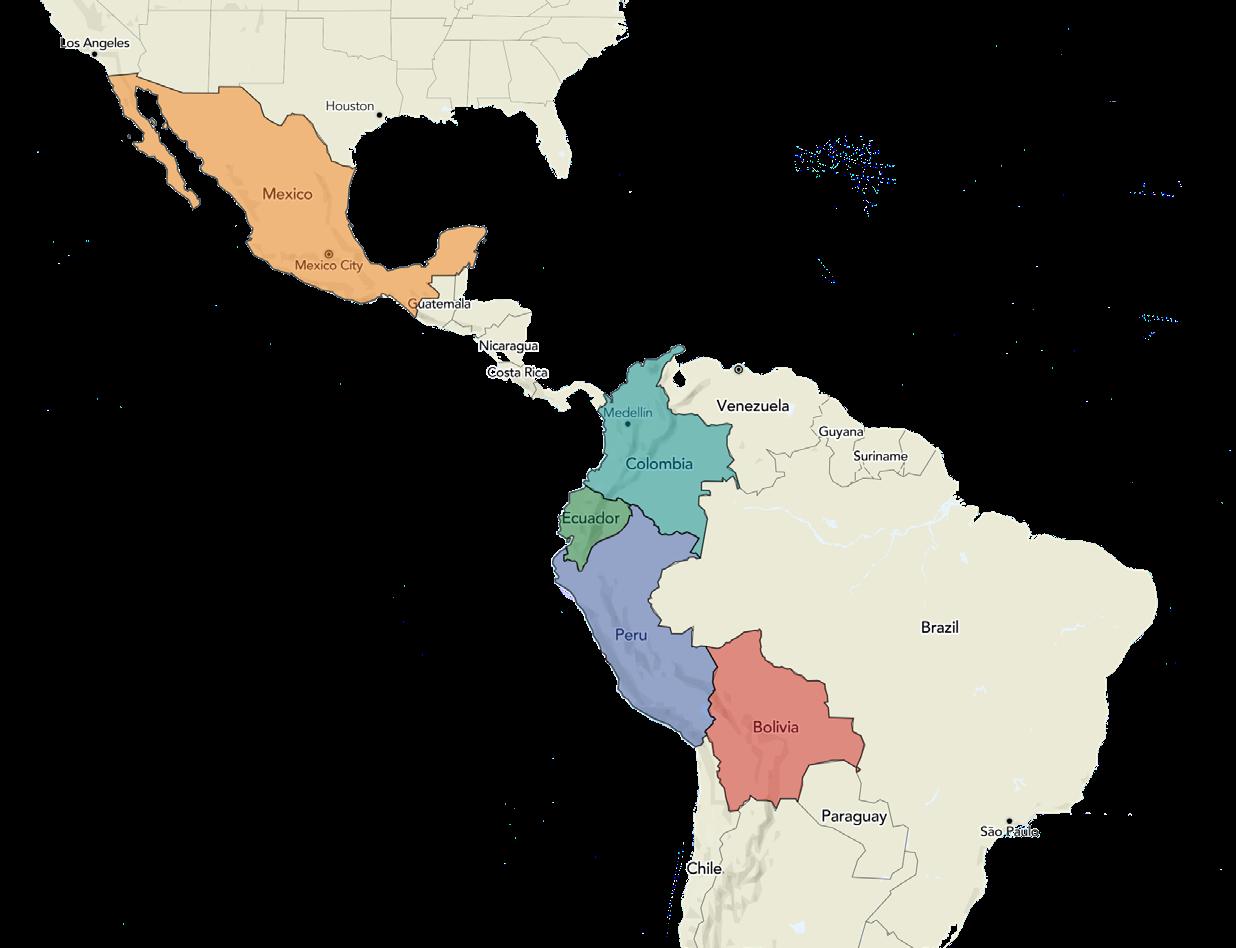
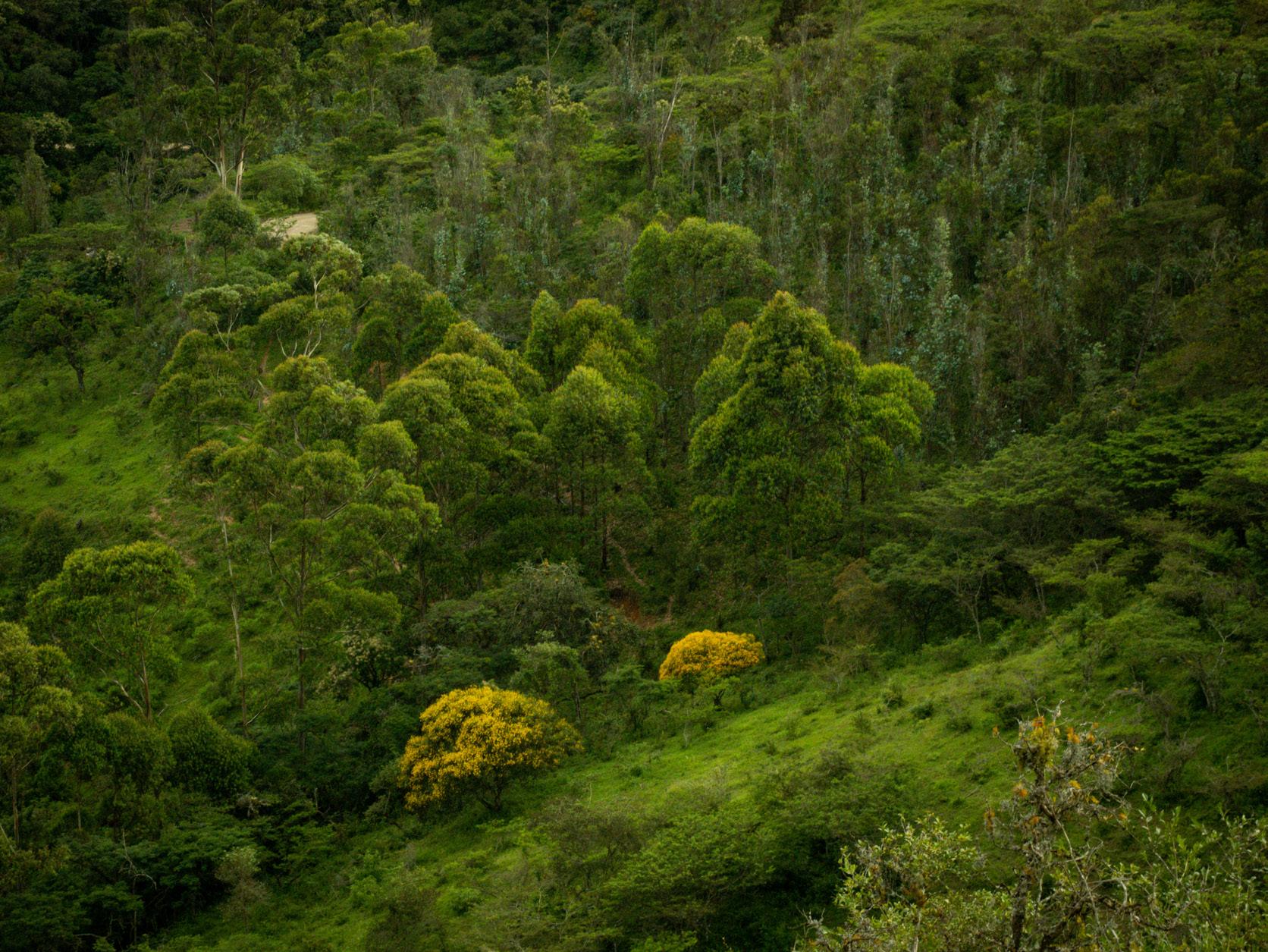

Once an area is protected, a new phase of work begins – work that continues to evolve over time and has no real end date. That is the work of ensuring the overall health of the areas we protect.
This can take many forms – from monitoring vital signs of ecosystem health within our conservation mosaics, to ensuring local and Indigenous people have access to a sustainable livelihood that aligns with local conservation goals. This also means looking at how we can continue to connect one protected area to another so that long-ranging species have room to roam. Or exploring expansion opportunities as they arise to expand our protected coverage.
As an organization, we are committed to keeping ecosystems protected, connected, and healthy and in our 25+ years we’ve never had a protected area reversed.

13.3 MILLION ACRES PROTECTED
2 BILLION TONS OF CARBON STORED IN PROTECTED AREAS
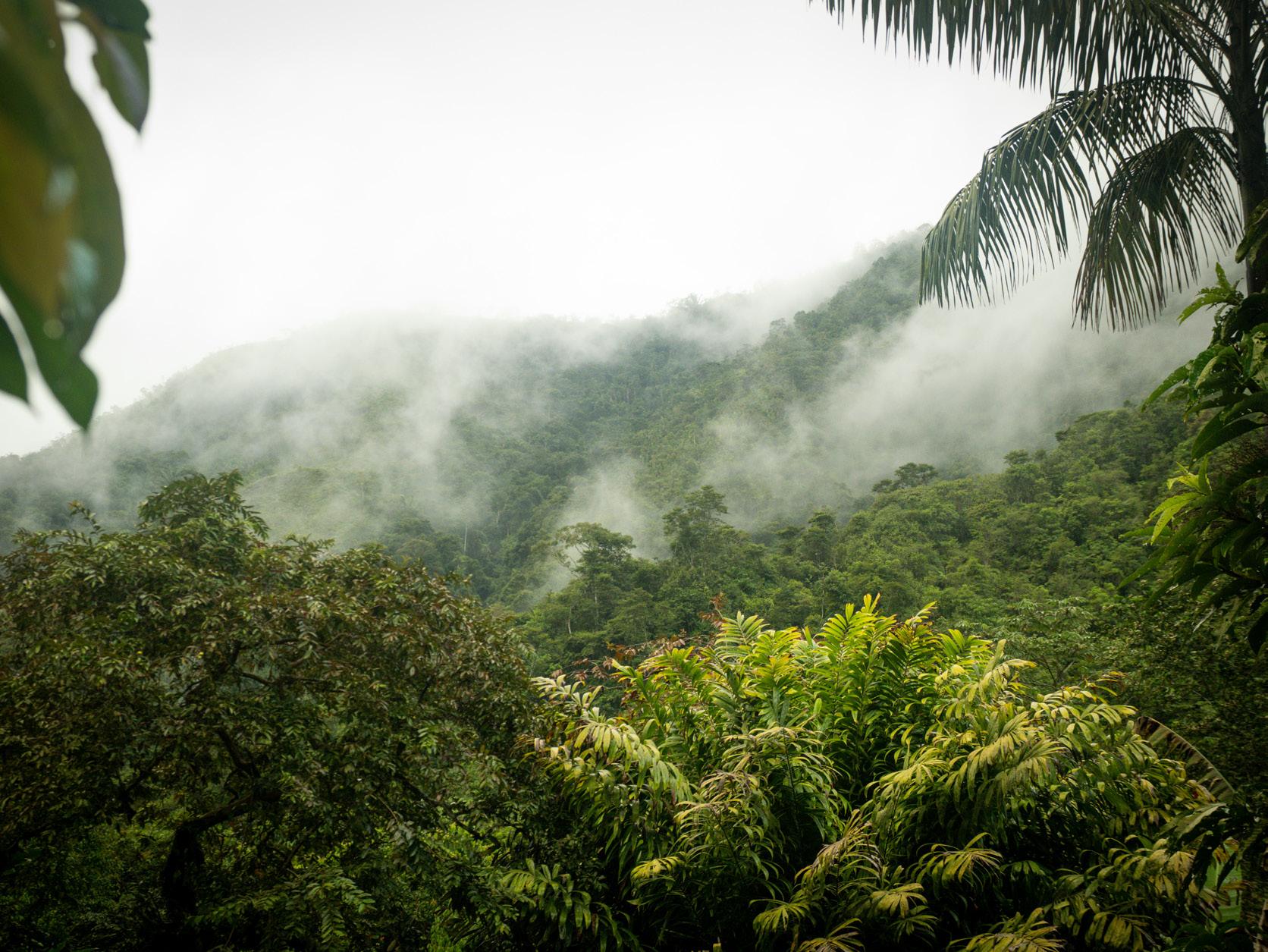
53 MUNICIPAL WATER SOURCES PROTECTED
8 INDIGENOUS AND LOCAL CULTURES SUPPORTED
Map Legend
OUR PROTECTED AREAS
OTHER PROTECTED AREAS

ECUADOR MOSAICS
 Peru
Columbia
Peru
Columbia

14,000 acres of forest managed by the Shuar Kiim Center has now been officially recognized by the Ecuadorian Ministry of Environment. This will be the first Indigneous-managed area to enter the National System of Protected Areas (SNAP). The Shuar have fought for this victory for 22 years.
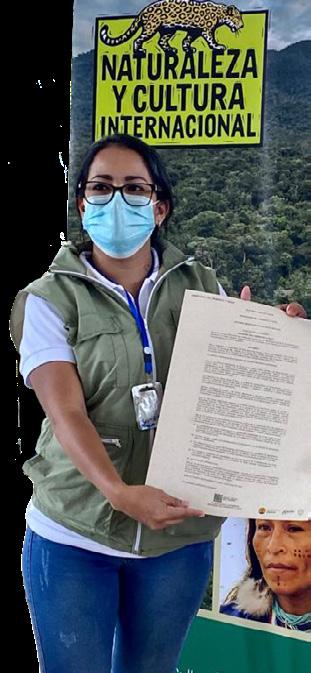
The Tiwi Nunka Community Protected Area spans both paramos and rainforests, which are home to large mammals such as the Andean bear, mountain tapir, and the puma. Preserving this territory and the ecosystems found within it protects the strong link that the Shuar nationality has with nature, which has been transmitted between generations for centuries. “This is not only a territory of great biodiversity, and rich natural resources. Its biggest heritage is the wisdom of its people and their will to work together,” says Felipe Serrano, Country Director of Nature and Culture in Ecuador.
Congratulations to the Shuar Kiim Center on this achievement, an example for Ecuador and the entire Amazon Rainforest in protecting Indigenous territories!

In 2017, the provinces of the Ecuadorian Amazon, in partnership with Indigenous organizations, established a platform to implement collaborative regional and national strategies to act upon climate change. The platform utilizes the REDD+ framework to reduce the degradation and deforestation of Amazonian forests and protect one of the most biodiverse ecosystems on the planet.
With the support of Nature and Culture, three of these provinces: Pastaza, Morona Santiago, and Zamora Chinchipe have been working to protect around 11 million acres of continuous forest.
The latest declaration of a new 3-million-acre protected area in Morona Santiago was a collaborative effort between the four Indigenous nationalities that live in this province, the Interprovincial Federation of Shuar Centers (FICSH), the Shuar Nation of Ecuador (NASHE), the Achuar Nationality of Ecuador (NAE), and the Shuar Arutam People (PSHA). This new area is called Tarímiat Pujutaí Nunka, and it means, "Territory for Well-Being" in the Shuar language. It holds special significance as these Indigenous nationalities rely on their ancestral lands for their health and way of life.


Since 2018, the project, "Superfruits that Conserve Forests," has supported alternative livelihoods for 349 producers from 16 different communities. These communities are committed to the conservation of around 280,000 acres of Peruvian Amazon forests.

In this project, Nature and Culture worked with local Indigenous communities to harvest the aguaje fruit without using clearcutting methods. Doing so has increased the storage capacity of irrecoverable carbon in the riparian areas of the Amazon where the aguaje palm is found.
At every step of the production process, our technicians have helped to connect communities to the international market in a socially and environmentally friendly way.
Water is one of the most valuable natural resources we have, and Nature and Culture harnesses the need for clean abundant water to drive local conservation action and overall ecosystem health.
Replicating a strategy we have worked to refine in Ecuador, this year we supported the creation and management of the Water Fund of the Northern Andes. This promotes the conservation of numerous watersheds in northern Peru, in the departments of Piura and Cajamarca. This area spans 380,542 acres of protected montane forest and paramo, made up of 14 local conservation areas.
The communities involved have seen real benefit – a few years ago, these conservation areas were under threat of expanding cattle ranching that can quickly deteriorate an area and threaten local water resources as they cut trees to make space for grazing. Today, thanks to the Water Fund, and the commitment to conservation made by the local communities, more than 470 acres have been reforested with native species.

Map Legend
OUR PROTECTED AREAS
OTHER

126 THOUSAND ACRES PROTECTED
10 MILLION TONS OF CARBON
STORED IN PROTECTED AREAS
3 MUNICIPAL WATER SOURCES PROTECTED
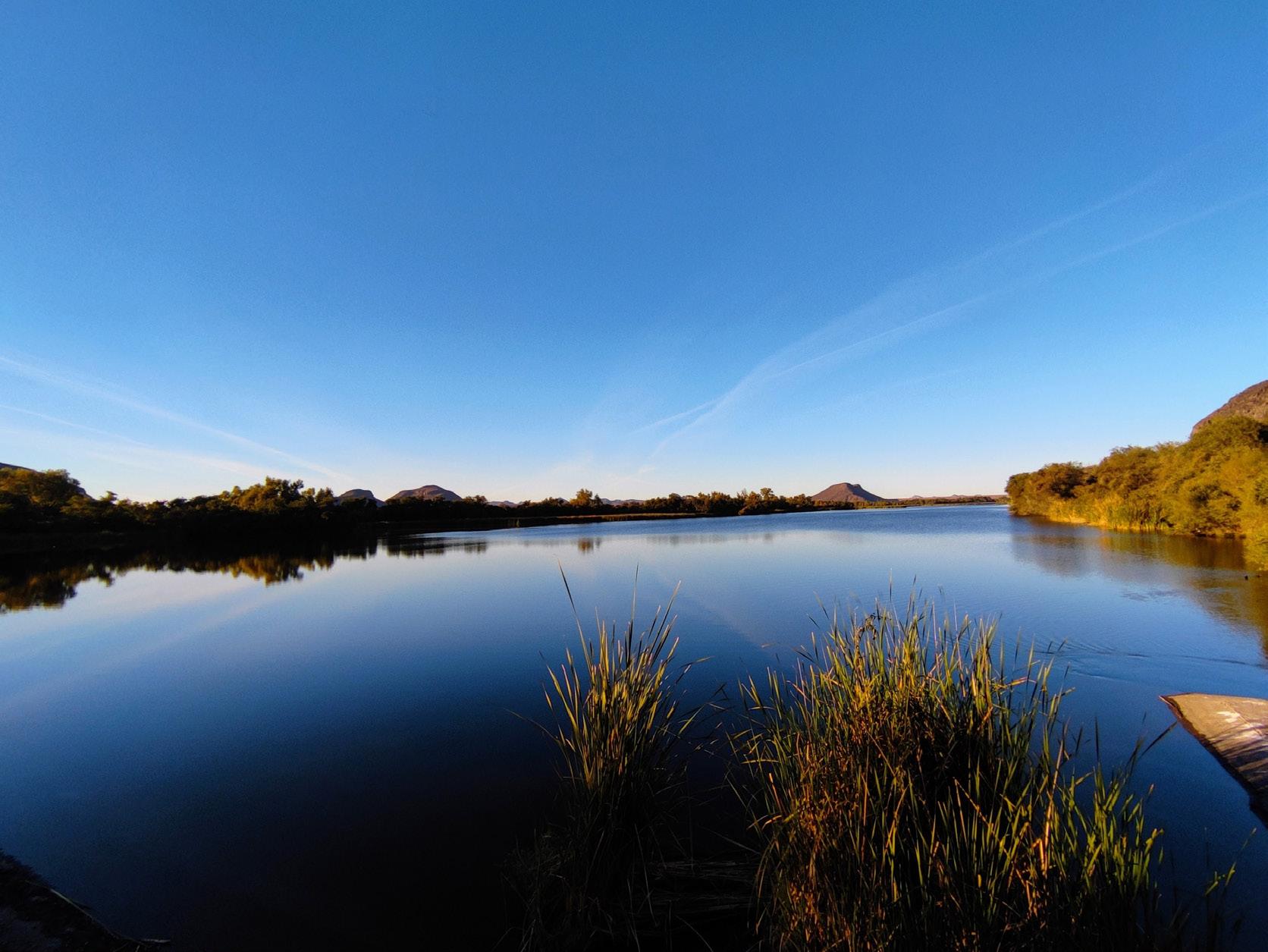
1 LOCAL CULTURE SUPPORTED
Map Legend
OUR PROTECTED AREAS
OTHER PROTECTED AREAS
MEXICO MOSAICS



Our Mexican team implemented a monitoring strategy in the community of Munihuaza (adjacent to our Monte Mojino Reserve) as part of the “Borderlands Linkages Initiative,” a collaborative project that brings together eight organizations to protect the northernmost corridors of jaguar habitat through coordinated landowner outreach and wildlife monitoring.
Through skill-sharing workshops, members learned to install camara traps and use them for wildlife research, with the hope of catching the iconic mammal on camera.
After months of monitoring, they captured images of bobcats, ocelots, pumas, and a lot of cows, but no Jaguar. It wasn’t until the team reviewed the last batch of pictures that the characteristic black and orange spots appeared. The team was even more elated when it was determined that the specimen found was the second oldest female Jaguar in the area, last seen in 2013.
“Even one Jaguar spotting is incredibly important, it is an indicator of a healthy ecosystem. But a female is hopeful, since it means there are possibilities for reproduction,” says Gilberto Díaz, Technical Operations, Nature and Culture, Mexico.
The people of the community decided to call her “La Abuela” ("The Grandmother"), as a symbol of wisdom and hope for the community.
A monitoring campaign led by our partner, the Natura Bolivia Foundation, confirmed the presence of at least two individuals of the spectacled bear, (Tremarctos ornatus) in the Cuenca Alta del Río Parapetí, one of our protected areas.
This is great news for the area since “it is an indication of the good state of conservation of the [bear’s] habitat," as stated by Henry Bloomfield, Director of Protected Areas at the Natura Bolivia Foundation.
The spectacled bear is the only bear species that lives in South America and is classified on the IUCN Red List as Vulnerable. Setting camera traps to monitor species such as this one is part of the long-term strategy to continue to monitor the health of a protected area. This project was developed with the support of Nature and Culture, the Municipal Government of Monteagudo, and local communities to promote local management of
“These types of records are essential to find out if there is a population of bears in the area and take the appropriate measures for their conservation,” said Claribel Villaroel from the Natura Bolivia Foundation.

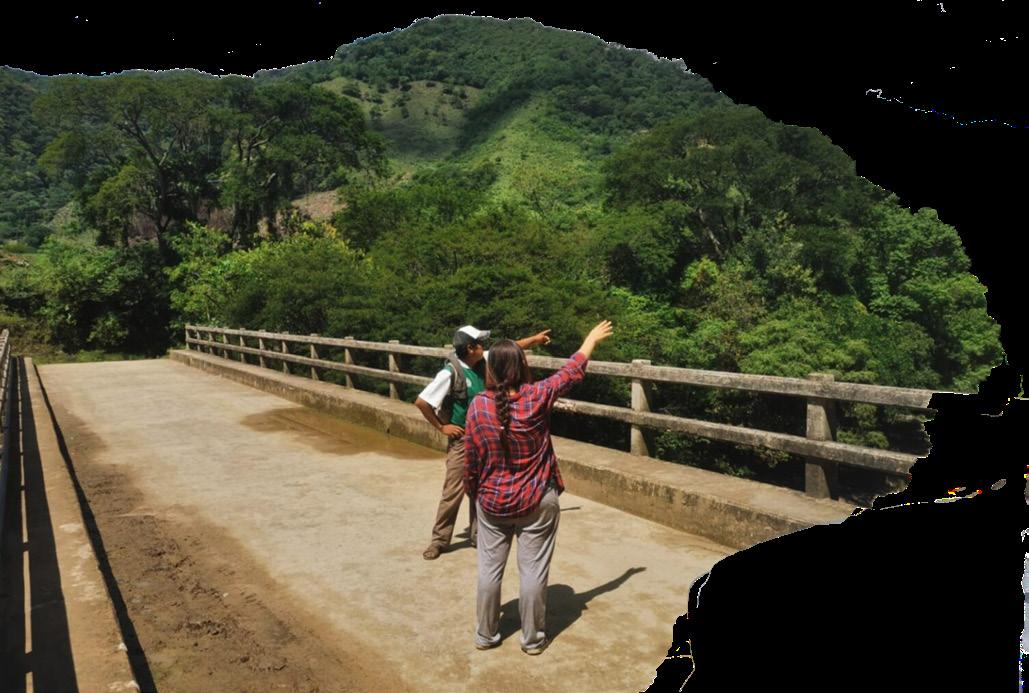
Impact
4.9 MILLION ACRES PROTECTED
210 MILLION TONS OF CARBON STORED IN PROTECTED AREAS
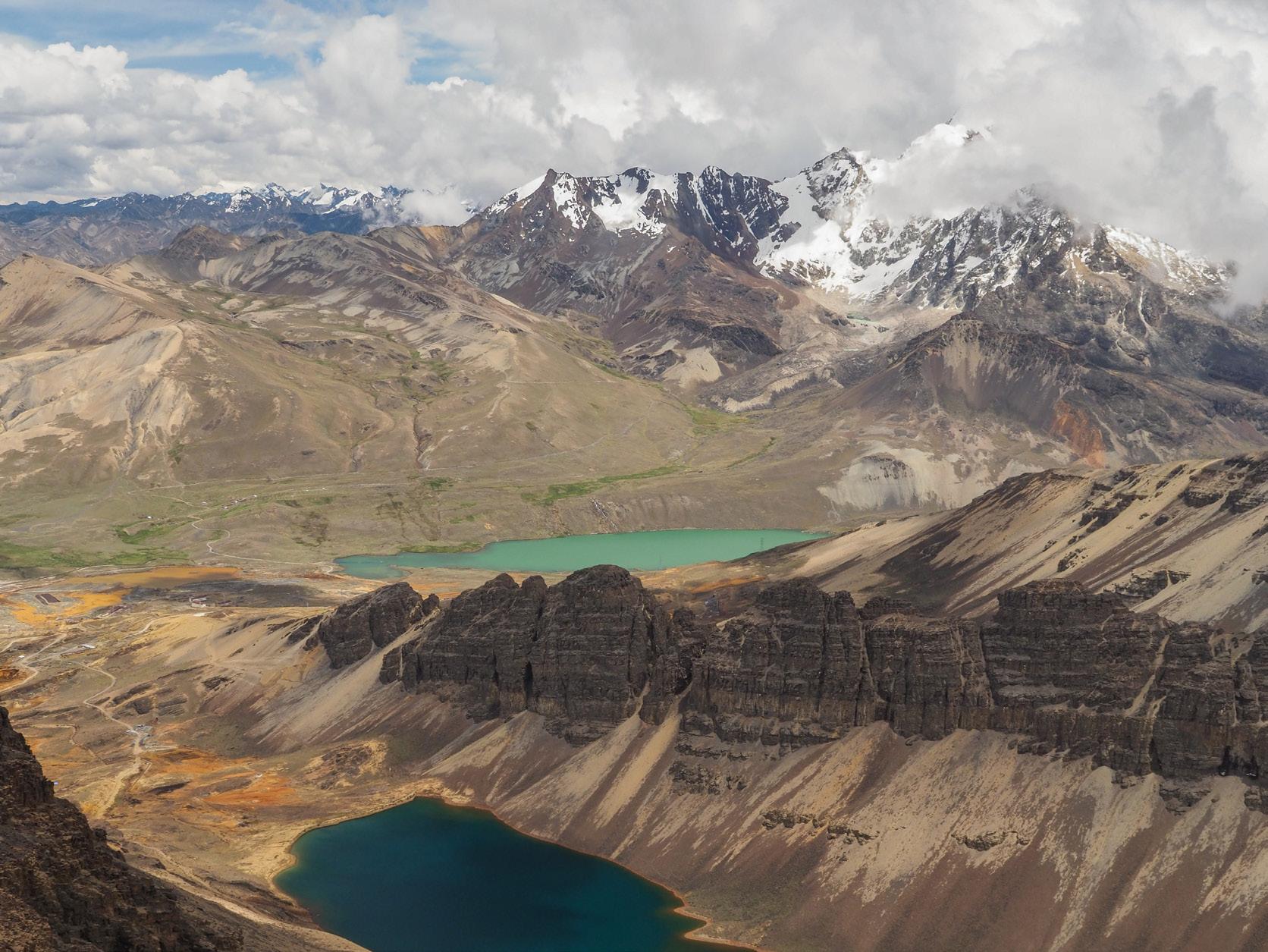
6 MUNICIPAL WATER SOURCES PROTECTED
2 INDIGENOUS AND LOCAL CULTURES SUPPORTED
Map Legend
OUR PROTECTED AREAS
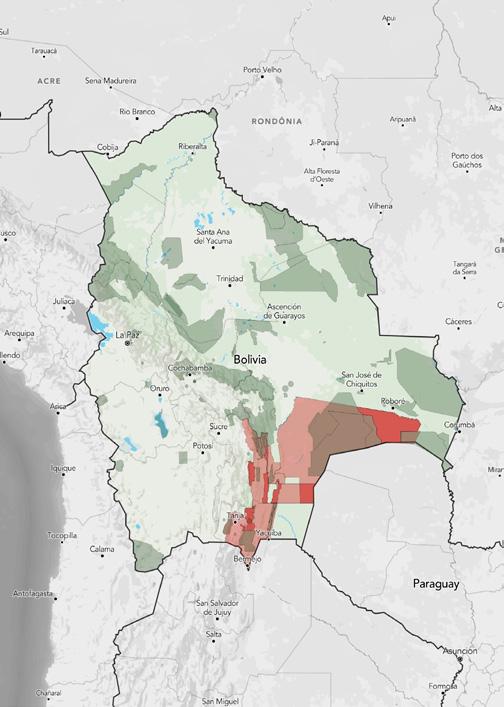
OTHER PROTECTED AREAS BOLIVIA MOSAICS
Brazil
2 MILLION ACRES PROTECTED
Venezuela
72 MILLION TONS OF CARBON STORED IN PROTECTED AREAS


13 MUNICIPAL WATER SOURCES PROTECTED
2 INDIGENOUS AND LOCAL CULTURES SUPPORTED
Peru
Map Legend
OUR PROTECTED AREAS
OTHER PROTECTED AREAS
COLOMBIA MOSAICS
Plans for the expansion of the protected area of Cuchilla del San Juan are in motion. This expansion would protect 45,133 acres and connect other protected areas and national parks to form a biodiversity conservation corridor in the Chocó and Andean Forest of Colombia.
Umbrella species such as the Andean bear and puma benefit from the protected corridor, which is home to 1,636 identified species, including insects, plants, amphibians, reptiles and mammals.
According to the biological expeditions carried out in the expansion area, 719 species of flora, 917 species of fauna, and 116 endemic species were identified. Of these species, 307 have a globally decreasing population trend, according to the IUCN Red List, and 46 are in the national threat category.
Our implementation partner, the Humboldt Institute, has been working closely with other local organizations to also develop sustainable livelihood alternatives for the management of the corridor.
Cristian Bueno, a local ecological tour guide who lives in Cuchilla del San Juan, relies on the conservation of the forest to make a living. He guides tourists through these forests to spot more than 300 species of birds.

For him, the expansion of Cuchilla del San Juan has promoted greater community engagement:
“For us, the expansion project has been a great opportunity to meet people, and organizations, and make strategic alliances so conservation grows in our municipality," affirms Cristian Bueno.
Board Members
Sheldon Engelhorn, Co-Chair
Sue Hart, Co-Chair
Ann Hunter-Welborn, Secretary
Ivan Gayler, Founder
Marcia Angle
Adriana Casas
John Evey
Diana Richey
Charles Smith
Daniela Uribe
Major Contributors
Rachael and Grif Barkley
Jessica and Brandt Welborn
Emily and Rodrigo Guevara
Peter and Rachel Zahn
Matt Miller and Vyvyan Tenorio
Bert and Candee Forbes
Stiefel Behner Charitable Fund
Ed Clark and Janet Roberts
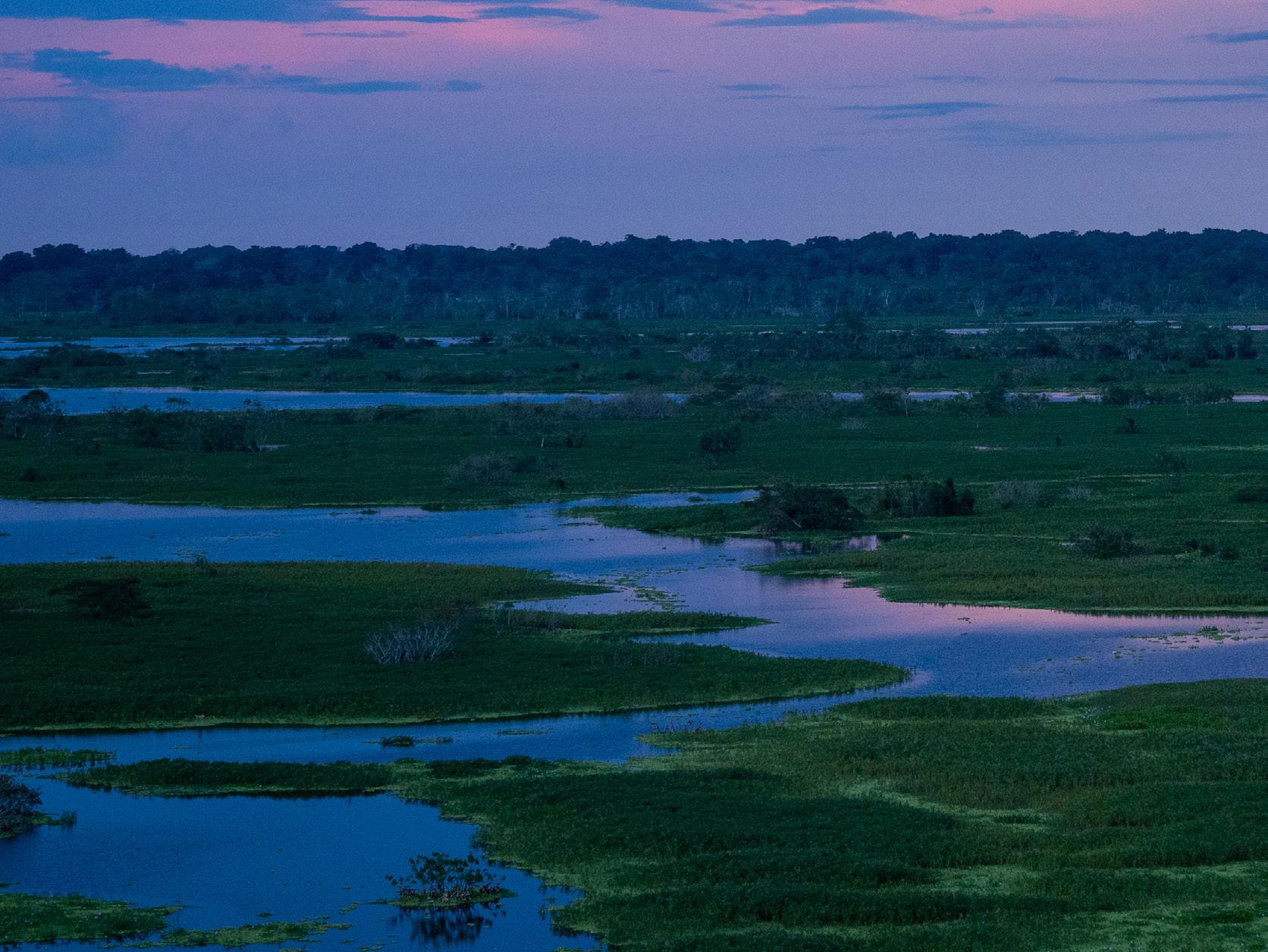
Institutional Donors + Partners
Acting for Life
American Bird Conservancy
Andes Amazon Fund
BOS+
Condesan
Conservation International
Critical Ecosystems Partnership Fund

DFG, German Research Foundation
Earth Innovation Institute
Fondo Italo Ecuatoriano
Foundation Franklinia
Fundación Ecociencia
Futures Unbound
Join for Water
Natura International
Norway’s International Climate and Forest Initiative
Norwegian Agency for Development Corporation
Partnership for Forests
Protos
Rainforest Trust
Re:wild
Stockel Family Foundation
UNDP
U.S. Fish and Wildlife Service
World Land Trust
As climate change grows more inescapable and our mission to preserve nature and culture grows more important, we will continue to focus on the long-term sustainability of our protected areas. We will also continue to focus on preserving large ecosystem corridors in the Andes and Amazon. Your funding leaves a legacy to ensure these connected, wild places are intact for the long term.
New opportunities to preserve large landscapes:
Amazon Platform: With the recent declaration of the Tarímiat Pujutaí Nunka Reserve in the Ecuadorian province of Morona Santiago, we have now preserved over 11 million acres of continuous, pristine Amazonian rainforest. Continue to fund our work as we continue to expand in the Ecuadorian Amazon.
Andean Corridor: Spanning 236 miles and two countries, the Andean Corridor project will protect a global hotspot that contains about one-sixth of all plant life in the world and an enourmous diversity of amphibian, bird, and mammal species. Be a part of a historic, bi-national corridor that supports millions of critical species.
Mexico: Nowhere else in the world can you find both wolves and jaguars in the same ecosystem. Located in Alamos, Mexico, Cuenca del Mayo is an area in the northernmost region of the tropics and is one of Earth’s most unique ecosystems. We aim to create a permanent contiguous habitat connecting existing Nature and Culture reserves around Alamos with four federally protected areas to the northeast, join us in this effort.
Bolivia and Colombia: Please continue to support our work as we expand into other tropical ecosystems, such as the Chaco-Pantanal lowlands of Bolivia and the Chocoan-Pacific region of Colombia.
Giving Indigenous people more of a voice: We strongly support centering Indigenous people, Earth’s original climate leaders, at international climate conferences such as the United Nations Climate Change Conference (COP). Please make a gift to support the travel and inclusion of more Indigenous leaders at these events.
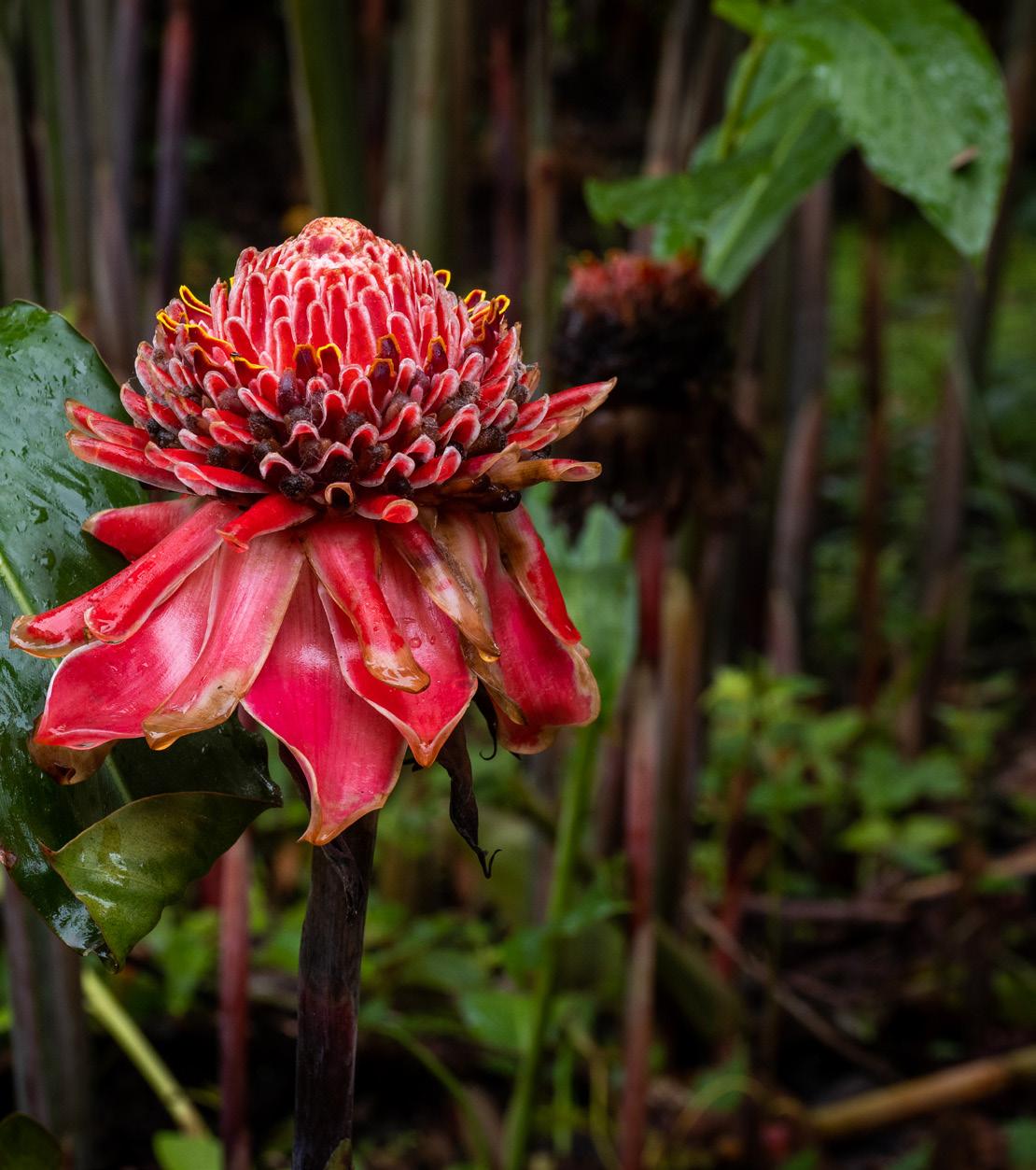
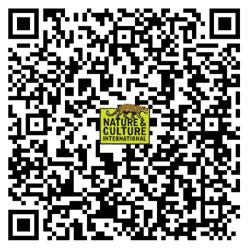
www.natureandculture.org
CALIFORNIA, UNITED STATES
1400 Maiden Lane, Del Mar, CA 92014 dogood@natureandculture.org
@naturecultureinternational @naturculturintl
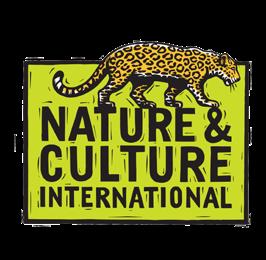
ECUADOR
Loja, Cuenca, Puyo nciecuador@naturalezaycultura.org
@NaturalezaCulturaEcuador @nciecuador
PERU
Lima, Huánuco, Iquitos, Chachapoyas secretaria-peru@naturalezaycultura.org
@NaturalezaCulturaPeru @nciperu MEXICO Alamos dogood@natureandculture.org
@NaturalezayCulturaMexico
